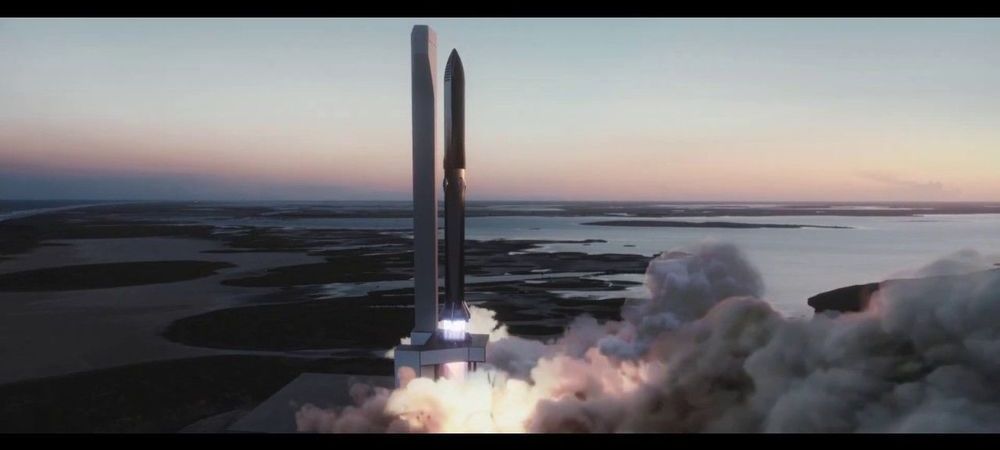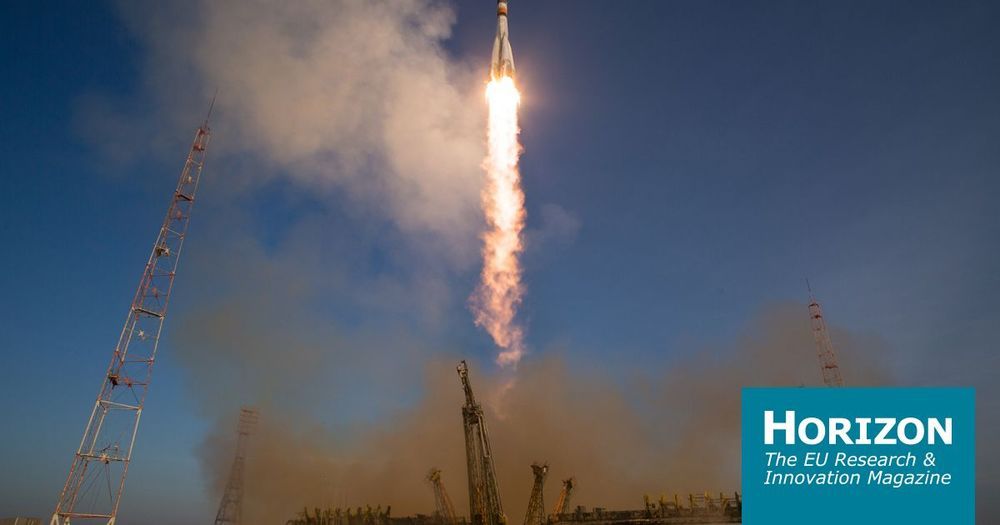A favorite theme of science fiction is “the portal”—an extraordinary opening in space or time that connects travelers to distant realms. A good portal is a shortcut, a guide, a door into the unknown. If only they actually existed…
It turns out that they do, sort of, and a NASA-funded researcher at the University of Iowa has figured out how to find them.
“We call them X-points or electron diffusion regions,” explains plasma physicist Jack Scudder of the University of Iowa. “They’re places where the magnetic field of Earth connects to the magnetic field of the Sun, creating an uninterrupted path leading from our own planet to the sun’s atmosphere 93 million miles away.”
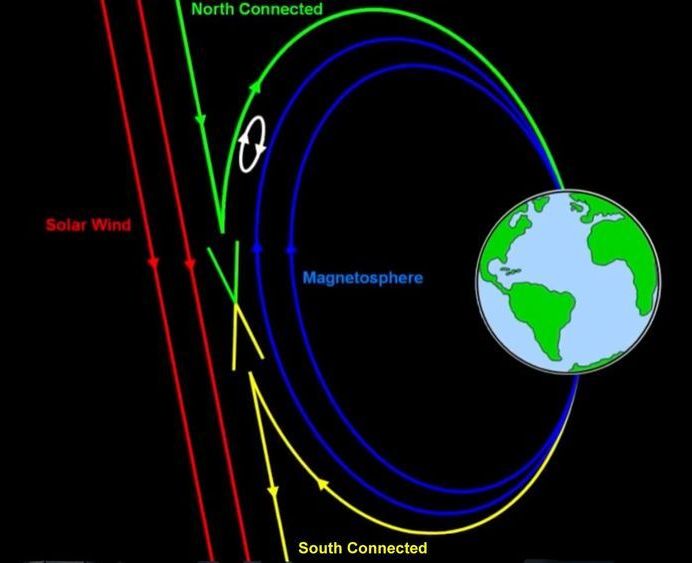
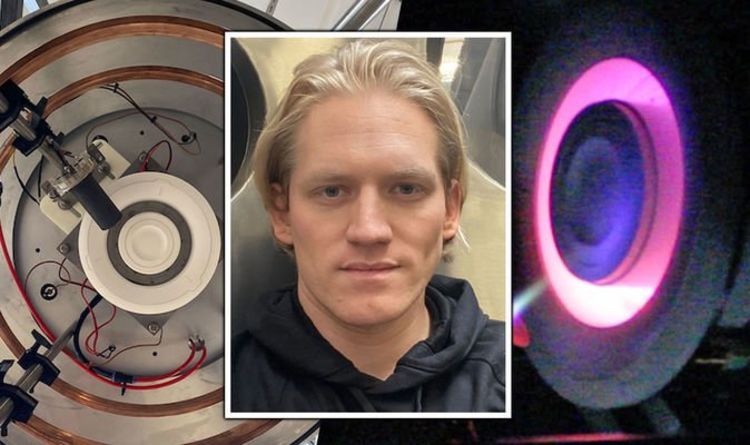
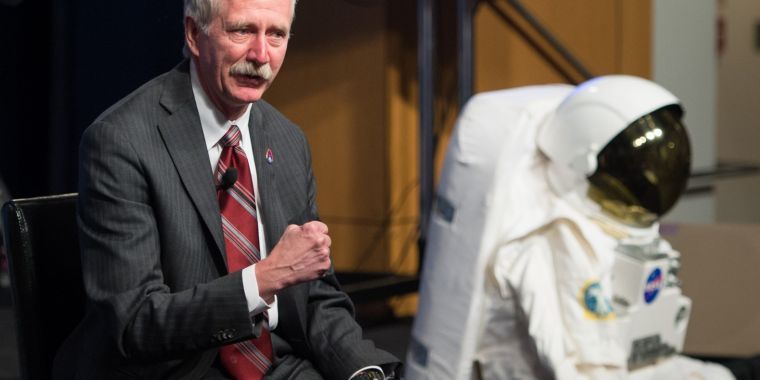
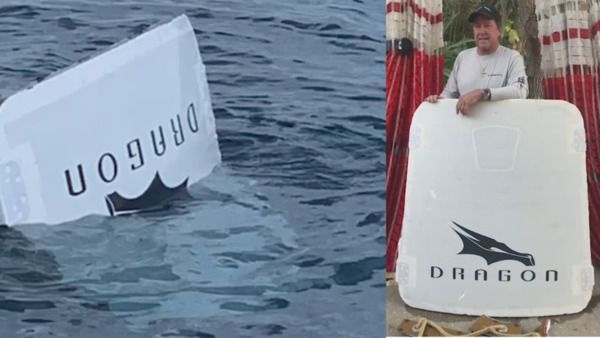
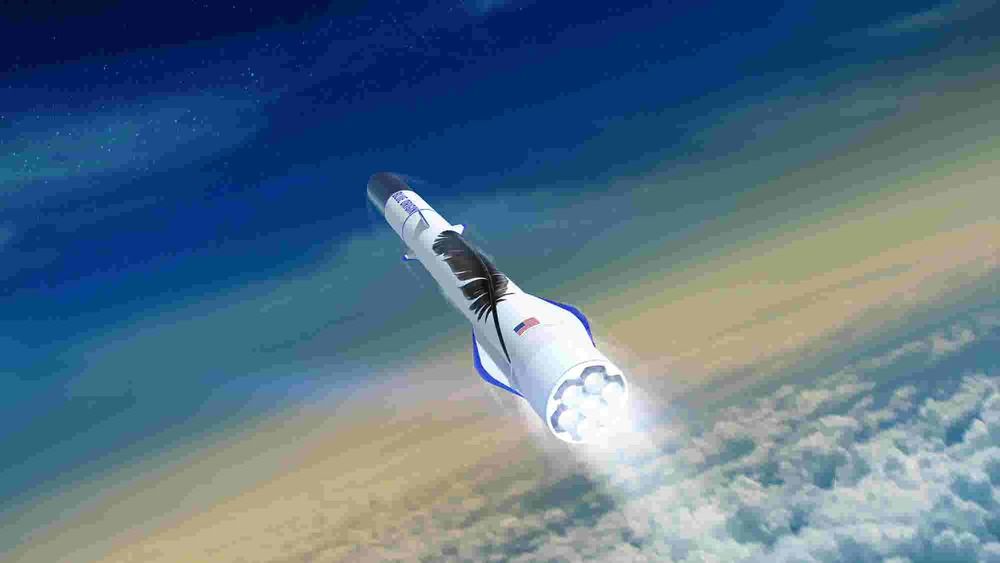
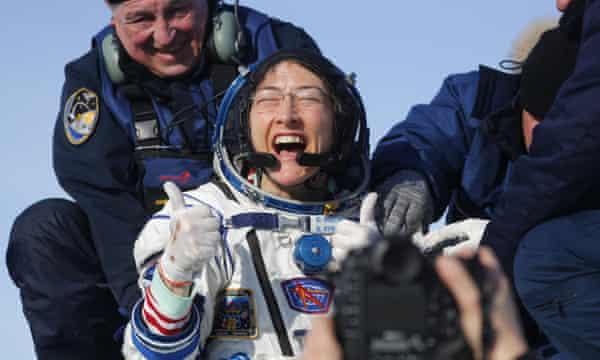
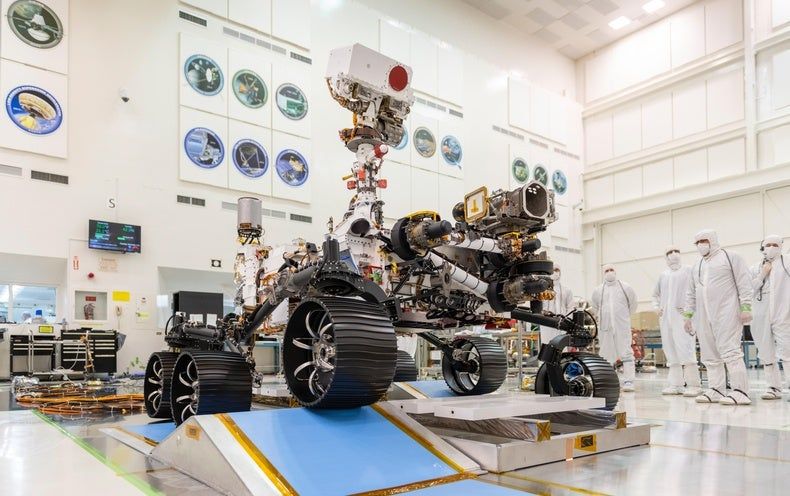
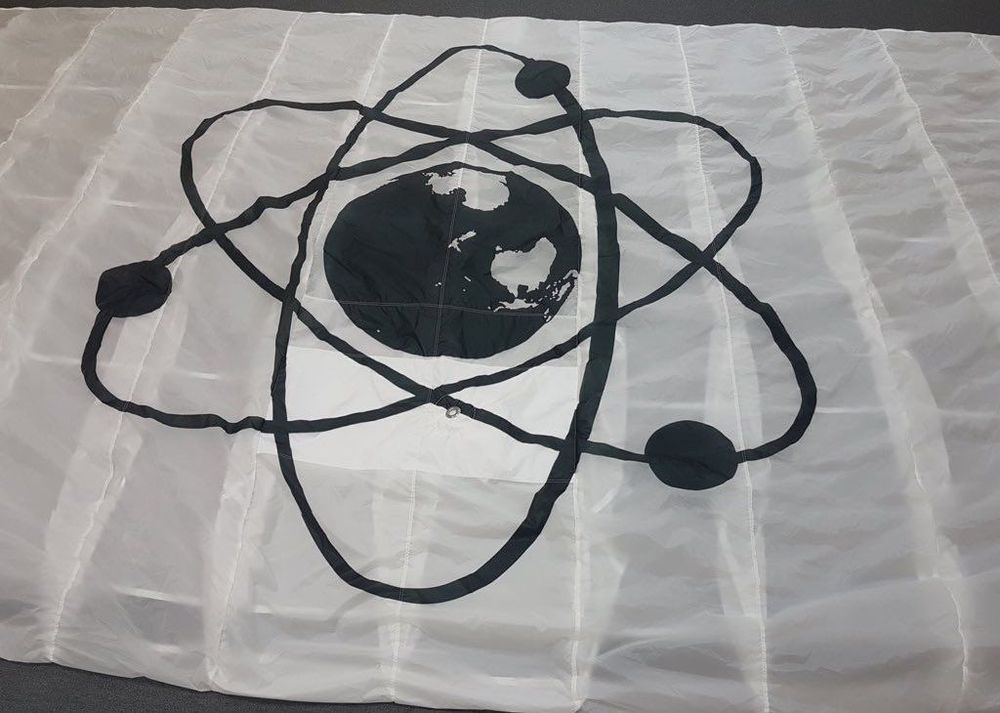
 . – – Now let’s slow it down. Rocket Lab’s first prototype chute is complete. The Low altitude drop and capture test program begins next week.
. – – Now let’s slow it down. Rocket Lab’s first prototype chute is complete. The Low altitude drop and capture test program begins next week. 